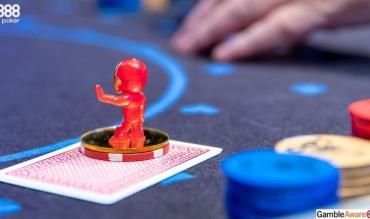Updated on June 20, 2025
Poker has many unusual terms — like ante, blinds, and bullets — which can feel overwhelming if you’re just getting started. But have no fear… 888poker is here!
We have handy explanations for nearly every poker buzzword you hear at the table.
Today, we will explore an old-school poker term: the poker bring in.
Why Is Bring-In Poker an ‘Old School’ Term?
Bring in poker is almost exclusively in the variant Seven Card Stud. (For a full breakdown of the rules of Stud, check out our explanatory Stud article here.)
The truth? The younger poker players rarely play Seven Card Stud. But that doesn’t mean you shouldn’t learn it — one of the best ways to get better at the more popular forms of poker is by playing the more traditional forms.
There’s a reason why the original poker legends didn’t just teach how to play poker variations like Texas Hold’em or Pot Limit Omaha — mastering a diversity of game formats sharpens your skills.
And if you’re going to impress your grandpa by smashing Seven Card Stud, you need to understand the poker bring-in.
PUT IN A BOX
Note: When you play Seven Card Stud, players and venues commonly implement their own unique rules. Not all Seven Card Stud — or stud types of poker games anywhere — will include these bring in poker rules.
What Is a Bring-In?
The bring-in is a small, forced bet in stud poker games, such as Seven Card Stud. It's similar to the blinds in Texas Hold'em.
Used in a Sentence
“In Seven Card Stud, the bring-in is a small bet posted by the player with the lowest upcard to start the action on third street.”
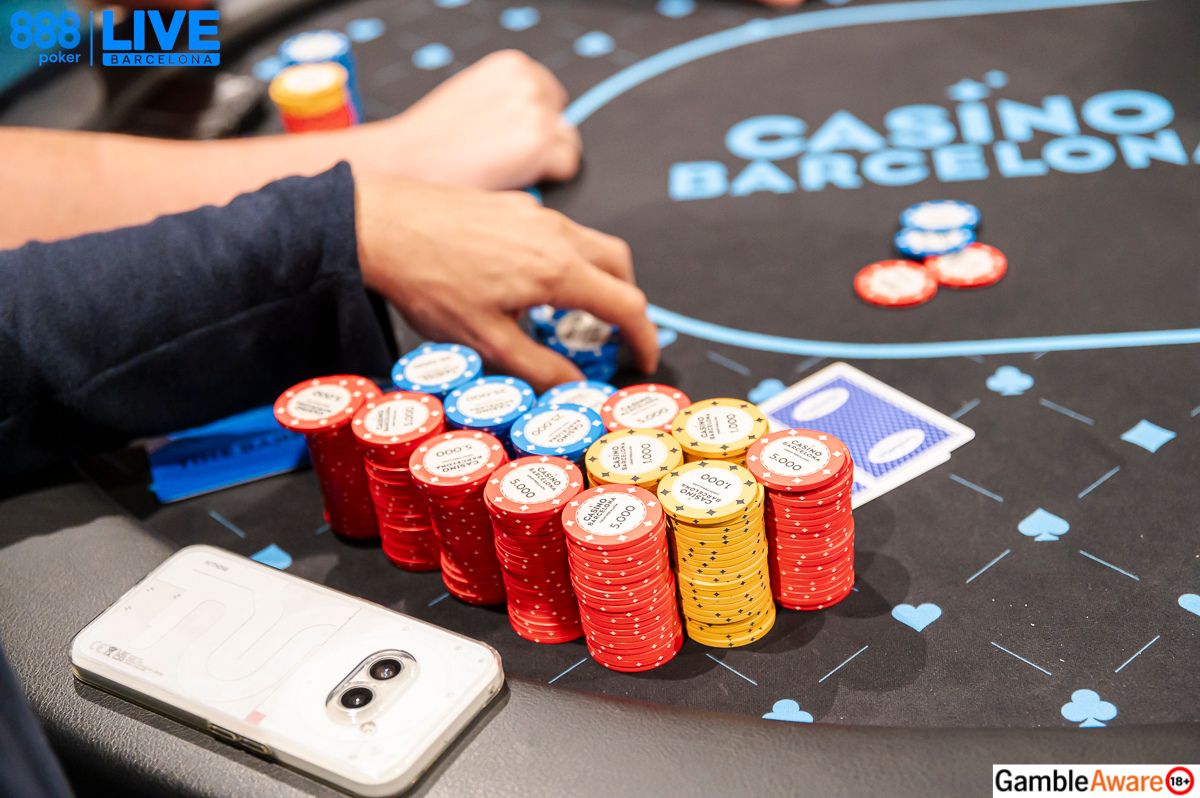
In a Stud game with stakes $5/10 — meaning the small bet is $5, and the big bet is $10 — a logical bring-in size might be $2. Either way, the casino sets the size.
- The first player to act on Third Street (the first betting round in Stud) must either pay the bring-in ($2 in this case) or “complete” the full amount of the small bet ($5 in this case).
So, if you’re dealt a 2♦️ face up, and no one else has a lower card showing, you’re the bring-in.
(Does bring-in poker make more sense now? ‘Bring in poker’ refers to paying a small mandatory bet — a responsibility bestowed onto you for drawing the lowest card.)
Where Does the Name Bring-In Originate?
It’s called the “bring-in” because it brings in the action— guaranteeing money in the pot. Nothing juices a game like adding extra chips. Even small increases in pot size can add up quickly and affect poker hand probabilities!
The bring-in player kickstarts the betting — there is no dealer button in Stud. So, action starts with the person who is the bring-in.
How Big is the Bring-In?
The bring-in is typically half the size of the small bet. That is why, in the example of $5/$10 stakes, the bring-in would be $2.
If the small bet was $10 and the big bet was $20, the bring-in would likely be $5, but it varies by venue.
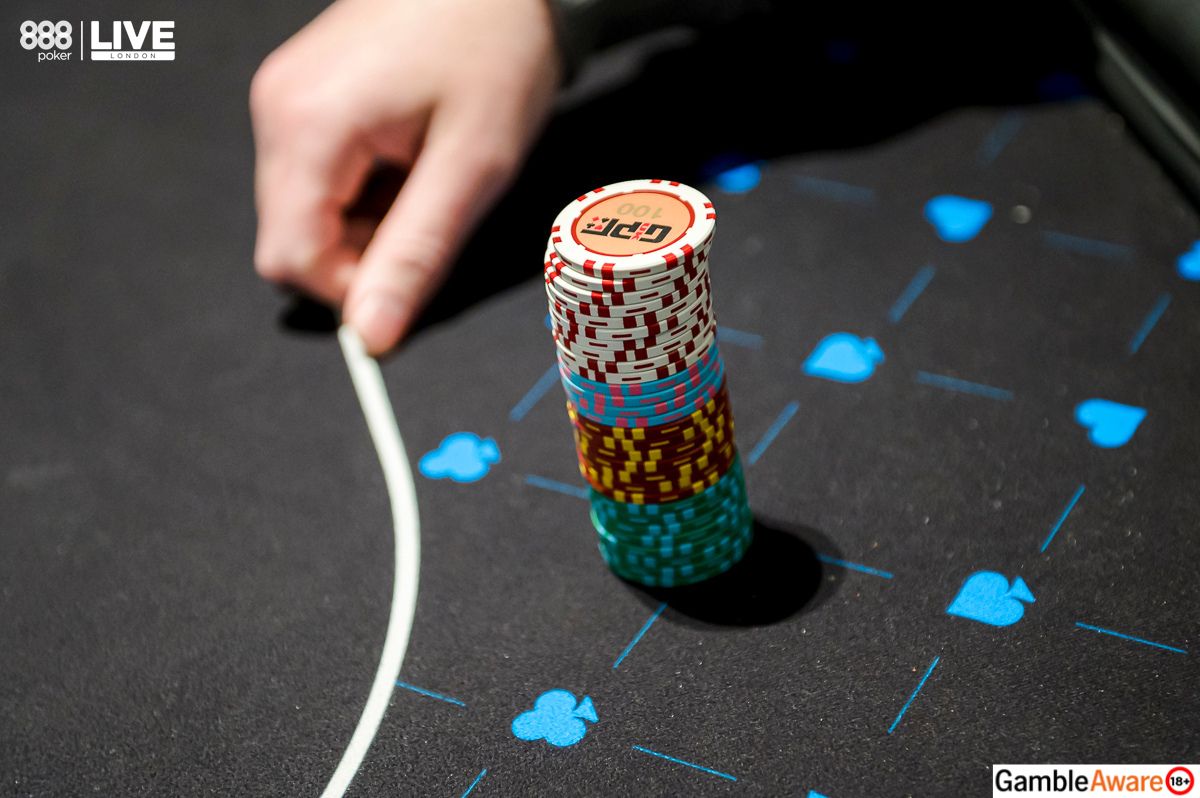
How Bring In Poker Works (Simple Example)
- You're playing $5/$10 Seven Card Stud.
- The bring-in is $2.
- Everyone gets a starting poker hand consisting of two cards face down and one card face up.
- The player with the lowest face-up card* must post the $2 bring-in.
- That player can either:
- Pay only the bring-in (like checking or limping)
- Choose to “complete” to $5 (the full small bet), starting real action.
The rest of the players decide whether to call, raise, or fold.
*The suit determines the ranking if both players draw the same lowest card.
Drawing the 2♣️ is lower than the 2♦️. Suits are ranked as follows: clubs (lowest), diamonds, hearts, and spades (highest).
Why It’s Different from Blinds in Texas Hold’em
In Texas Hold'em, all players must, at a minimum, pay the big blind. In Stud, that's not necessarily the case — assuming no one raises, all players could stay in the hand for as little as the bring-in.
No one raises in this $5/$10 example, so everyone can continue for just $2.
Considerations in Betting
The bring-in doesn’t just get the betting started — it can change the bets entirely. Since the bring-in is based on the lowest visible card, players can use that information to their advantage.
For example, if you get a King face-up and another player posts the bring-in with a 3, you know you likely have the stronger hand. This spot might be a good time to raise and apply pressure.
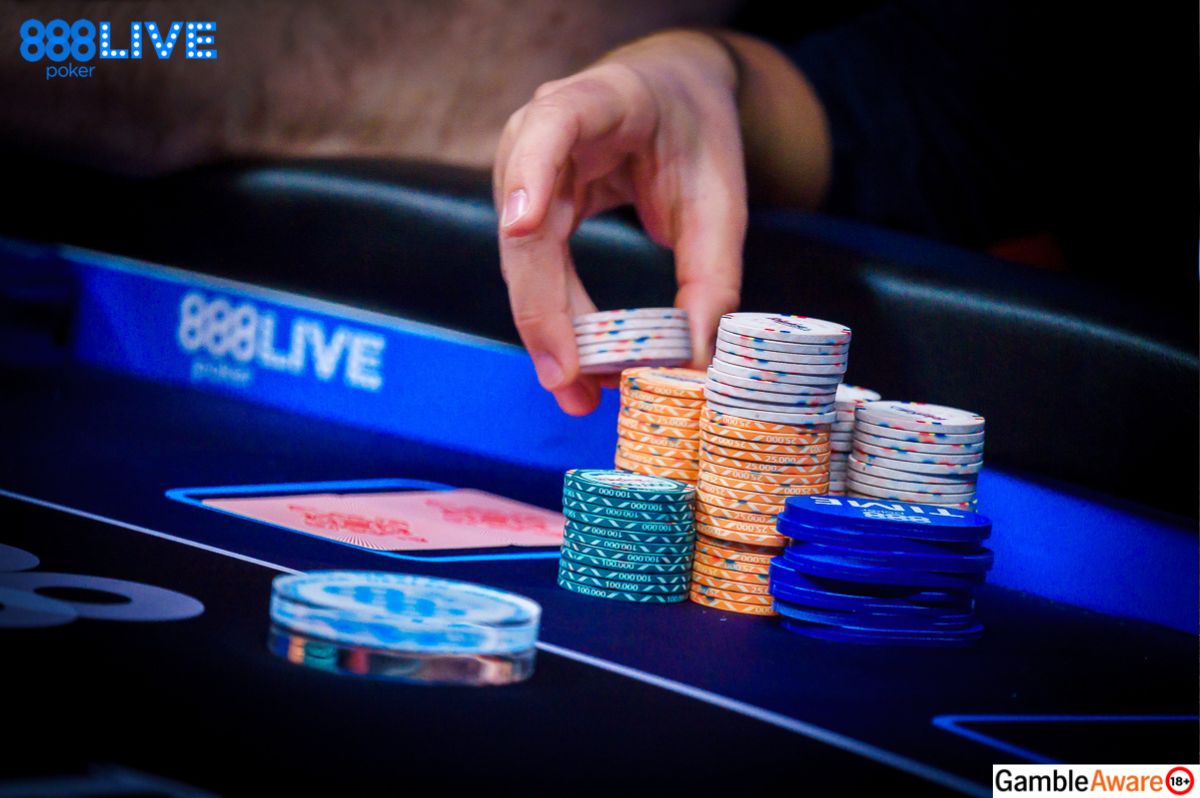
At the same time, if you’re the bring-in with a 2 showing and players after you are showing high cards like Queens and Aces, you can safely assume you’re beat and fold if the betting gets heavy.
Bring-In and Table Image
A critical part of poker is… you guessed it… bluffing! Especially in a game like Seven Card Stud, where there are no community cards, bluffing can become strategically significant.
This is where “table image” comes into play — how other people at the table see you.
- Do they think you’re wild and crazy?
- Stiff and conservative?
- Somewhere in between?
Players may think you're reckless if you're constantly completing the bring-in with weak cards. But if you always fold the bring-in, they might think you play too tight.
Keep in mind that everything you do at the poker table conveys information.
You can remember an opponent’s bring-in tendencies to estimate their poker bluff tendencies.
Beginner Tips for Bring-In Poker Strategy
There is nothing wrong with paying the bring-in as opposed to completing in Stud. In fact, depending on our type of starting hand, it's often the smart thing to do.
If we get junk cards, we have no real reason to invest more than the bring-in. We don't want to make the situation less profitable than it already is.
- Some types of starting hands in Stud have better playability multi-way. Paying only the bring-in encourages more opponents to enter the pot.
- We want to narrow down the field with premium holdings. Completing may successfully drive other players to fold, but not always.
Consider the opponents' tendencies. Since Stud is played in a fixed-limit format, many opponents are extremely reluctant to fold on Third Street, especially at lower limits.
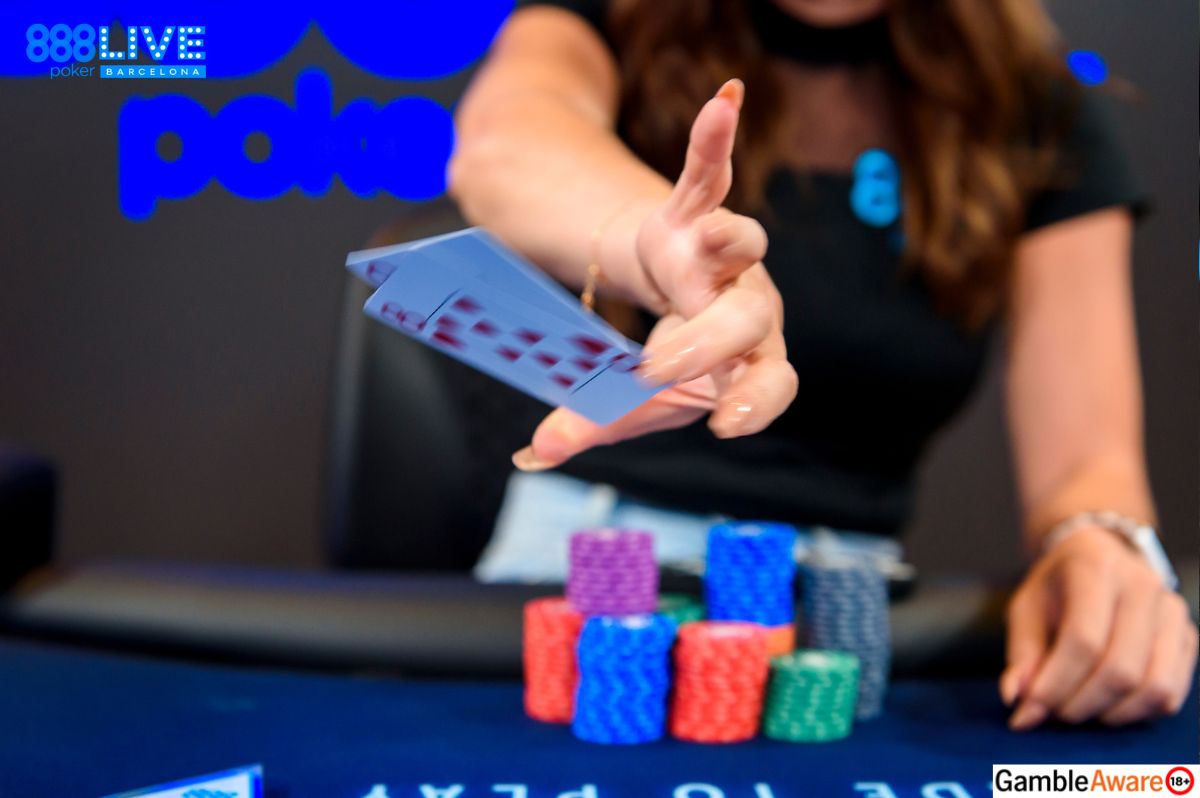
Conclusion: Mastering Bring In Poker
The bring-in may seem like a small, old-school rule tucked away in the lesser-played corners of the poker world. But its impact can be rather significant.
Other Important Notes:
- Remember, there’s no dealer button in Stud. It is the bring-in that determines who acts first.
- Since the bring-in focuses on randomly drawing cards, you might be the bring-in multiple times consecutively.
- Stud is almost always with a fixed-limit betting. So, there’s a cap on how much you can bet. The bring-in amount and betting amounts are all pre-set.
So next time you're dealt a low upcard and get hit with the bring-in, don’t panic!
Take it as your cue to play smart, read the table, and maybe even take the lead.
After all, in poker, every chip — and every decision — counts, bring it on!
See Also
For a bigger break down of the rules of Stud, see a break down of the rules by checking out the Stud entry.
